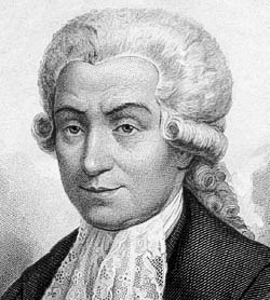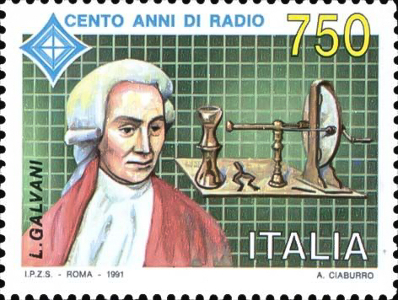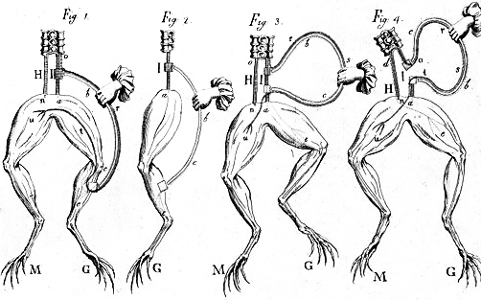The beginning of Galvani's experiments with bioelectricity has a popular legend which says that Galvani was slowly skinning a frog at a table where he had been conducting experiments with static electricity by rubbing frog skin. Galvani's assistant touched an exposed sciatic nerve of the frog with a metal scalpel that had picked up a charge. At that moment, they saw sparks and the dead frog's leg kicked as if in life. The observation made Galvani the first investigator to appreciate the relationship between electricity and animation ➙ or life. This finding provided the basis for the new understanding that the impetus behind muscle movement was electrical energy carried by a liquid (ions), and not air or fluid as in earlier balloonist theories.
Galvani coined the term animal electricity to describe the force that activated the muscles of his specimens. Along with contemporaries, he regarded their activation as being generated by an electrical fluid that is carried to the muscles by the nerves. The phenomenon was dubbed galvanism, after Galvani, on the suggestion of his peer and sometime intellectual adversary Alessandro Volta. Galvani is properly credited with the discovery of bioelectricity. Today, the study of galvanic effects in biology is called electrophysiology, the term galvanism being used only in historical contexts.
 Luigi Aloisio Galvani (9 September 1737 ➙ 4 December 1798) was an Italian physician, physicist, biologist and philosopher, who discovered animal electricity. He is recognized as the pioneer of bioelectromagnetics. In 1780, he discovered that the muscles of dead frogs' legs twitched when struck by an electrical spark. This was one of the first forays into the study of bioelectricity, a field that still studies the electrical patterns and signals from tissues such as the nerves and muscles.
Luigi Aloisio Galvani (9 September 1737 ➙ 4 December 1798) was an Italian physician, physicist, biologist and philosopher, who discovered animal electricity. He is recognized as the pioneer of bioelectromagnetics. In 1780, he discovered that the muscles of dead frogs' legs twitched when struck by an electrical spark. This was one of the first forays into the study of bioelectricity, a field that still studies the electrical patterns and signals from tissues such as the nerves and muscles.
![]() Galvani's legacy
Galvani's legacy


![]() Return to Radio Pictures
Return to Radio Pictures
![]() Return to MCRN Home
Return to MCRN Home